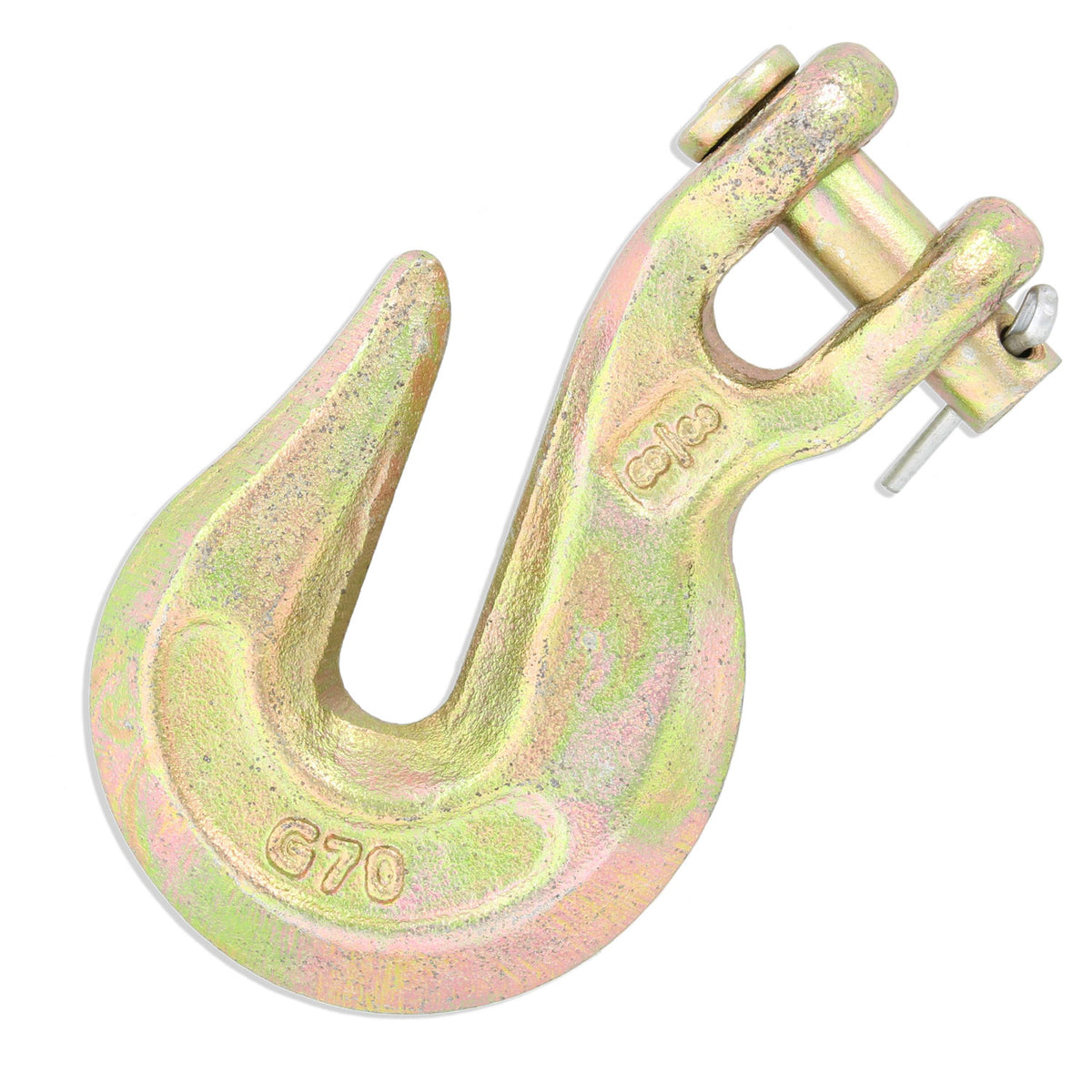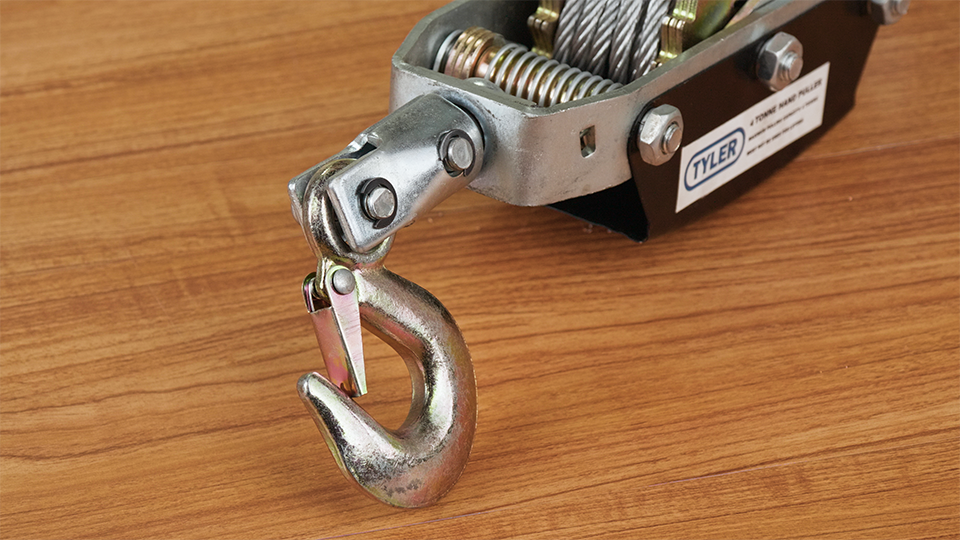Hooks are a fundamental component to most rigging applications. There are several different types of hooks out there. While some may be better for load securement others may be better for lifting so in today's video, we're going to go over the different types of hooks and what they are best used for.
Latch or No Latch?
Safety latch hooks are considered the standard for most rigging applications. OSHA provides standard interpretations of ASME B30.2-2001, requiring that, “Latch-equipped hooks shall be used unless the application makes the use of the latch impractical or unnecessary.” While we do offer non-safety hooks on our website, this article will deal primarily with safety-latch hooks, or hooks on which a safety latch would impede the operation of.
Working Load Limits and Dimensions
The size and shape of most hooks are going to be classified by their Working Load Limit. On our website, we offer hook capacities from 220 lbs. all the way up to 7 tons. Additionally, hook's diameter and opening are dimensions that will to be considered. We recommend measuring the rigging tools and fittings planned to connect to the hook, then cross-reference them with the specifications found on each products spec sheet so you’ll be able to choose the right hook for your applications.
Safety Hoist Hook
This hook can be applied to a wide range of lifting and pulling applications and can be found in just about every rigging specialist's back pocket. They're commonly used for lifting applications and they're great because they’re easily attached and detached from other rigging fittings making them one of the most popular hooks we offer.
Swivel Hoist Hooks
These hooks operate similarly to Hoist Hooks yet feature an integrated swivel at the top of the hook that allows you to position the hook in whichever orientation desired prior to the lift. These hooks are NOT designed to be rotated while they're under load. Ensure that the swivel is positioned to the desired orientation prior to the lift operation.
Grab Hooks
These hooks are commonly found at the ends of chain or ratchet load binders for load securement and hauling. Grab hooks feature an opening that is going to correlate with a specific size length of chain (e.g Grade-70 Transport Chain). Instead of an eye or swivel, you’ll find this hook features a clevis style attachment which allows for easy securement to transport chain and all types of transport binders.
Can I Replace the Safety Latch on Safety Hooks?
Safety latches are susceptible to wear and tear and can easily be bent to side or break off completely, rendering the latch inoperable. Since this is not a load-bearing component, it’s easily replaced with no effect to the overall hook operation. First, inspect the hook itself to ensure there is no additional damage (e.g. warps or cracks). If the hook passes inspection, then you need to find a third-party latch replacement kit. NOTE: At the time of writing, we at E-Rigging do not offer replacement latch kits.
Can I Replace the Safety Hook on My Hoist or Puller?
It’s entirely possible that one of the hooks we offer is compatible with something like a Lever Load Hoist or a Cable Puller. Replacing a hook on a lifting tool like this will require first inspecting the hoist or puller of any additional damage. If the hoist or puller is compromised, then it will need to be sent off for repairs by a professional or retired and replaced. If the damage is localized to the hook only, then see whether the hook can be replaced. In many cases, the hook will be retained by a pin and easily replace with a comparable hook. If the hook is permanently attached to the cable or chain, then replacement of the entire may be necessary.
For more information on rigging equipment and load binding, click here.





